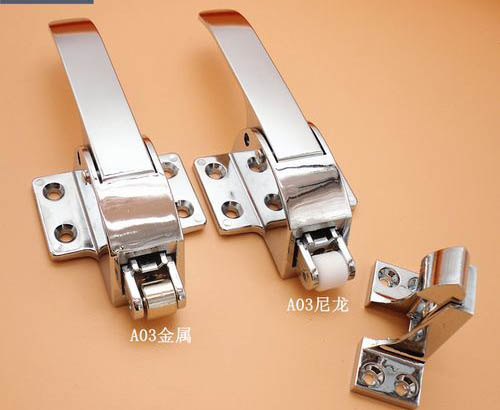In the realm of culinary technology, the oven and refrigerator have always held a special place. They are the cornerstones of every kitchen, essential in ensuring that food is cooked and preserved correctly. However, what often goes unnoticed are the handles that grace these appliances, serving as the gateway to their interiors. These handles have not only played a functional role but have also been a silent witness to culinary history. Let's explore their journey through time.
The earliest ovens were simple structures, often with crude handles fashioned from clay or wood. These handles were functional but lacked durability, often breaking or becoming too hot to touch during use. However, as technology progressed, so did the design of oven handles. Cast iron, then stainless steel, became the material of choice for their strength and durability. Handles were redesigned to be more ergonomic, with better heat resistance, ensuring a safer and more comfortable cooking experience.
Similarly, the refrigerator handle has also seen its share of transformations. The earliest refrigerators were massive machines, with handles resembling those of trunks or suitcases. These were functional but lacked the sleekness we now associate with modern refrigerators. Over time, the designs became more streamlined and minimalist, often featuring hidden handles or sleek touch-activated doors. These advancements not only made the refrigerators more visually appealing but also ensured better hygiene and aesthetics in the kitchen.
Professional kitchens demand even more from these handles. They need to be able to withstand constant use, high temperatures, and rigorous cleaning routines. Handles made from materials like rubber or silicone provide better grip and are more resilient in these conditions. Designs have also become more intricate, incorporating features like finger guards to prevent burns or even integrated storage compartments for utensils or cutting boards.
In conclusion, the oven and refrigerator handles may seem like small details, but they are an integral part of our culinary history. They have evolved over time, adapting to new technologies and our changing needs in the kitchen. As we look forward to even more advanced appliances in the future, it will be interesting to see how these handles continue to evolve and adapt to our culinary experiences.
Modified at: 2024-01-10 07:31:53
